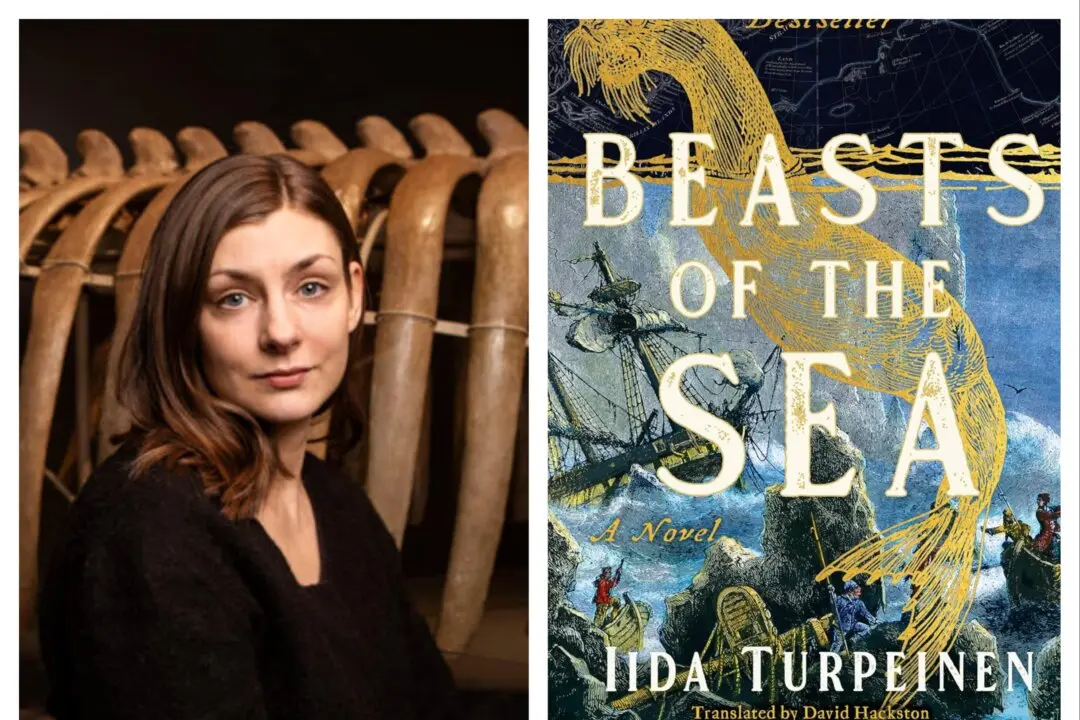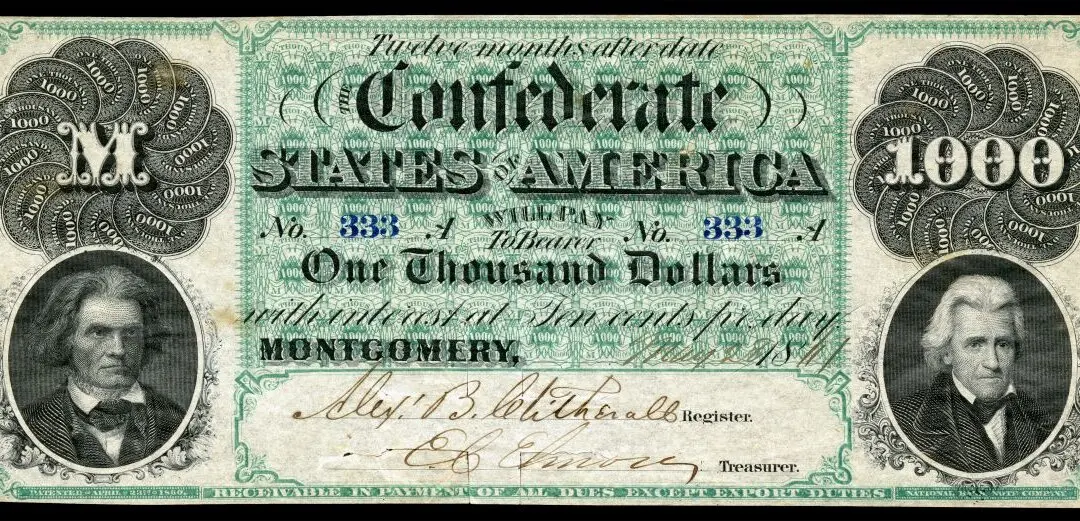Christian Salmon’s new book “The Blumkin Project” has a very apt subtitle: “A Biographical Novel.” The book truly reads like a novel, yet it is contextually biographical. From the first line to the last line, it is a gripping read.
Salmon has a way with words and uses them so elegantly as to paint pictures throughout the book. The very beginning draws the reader in with his description of rummaging through an old chest of books and documents, all centered around his research of Yakov Blumkin, the 17-year-old Ukrainian Jew Bolshevik, who began his rise to Soviet stardom when he assassinated German ambassador Wilhelm von Mirbach on July 6, 1918.






